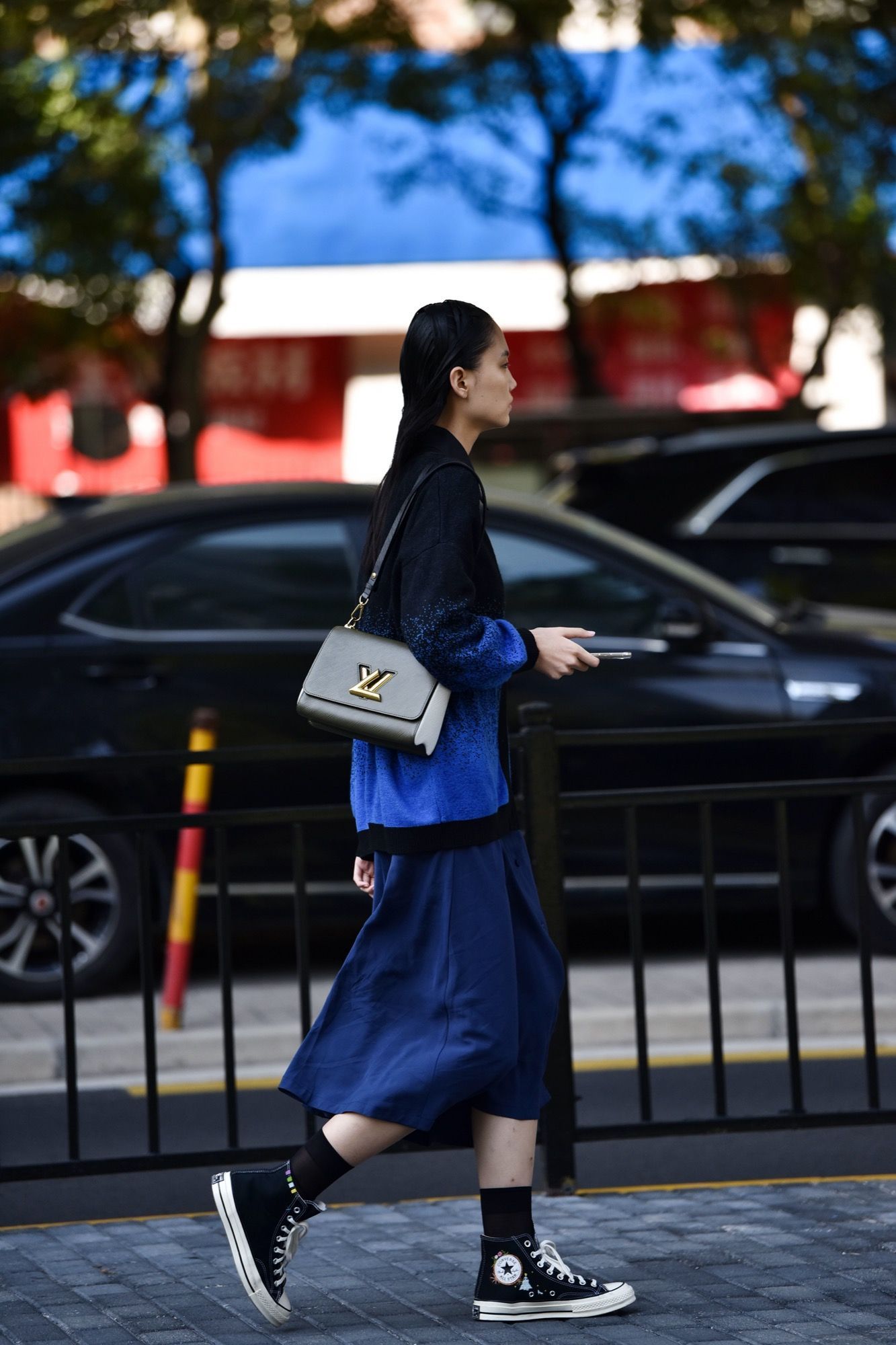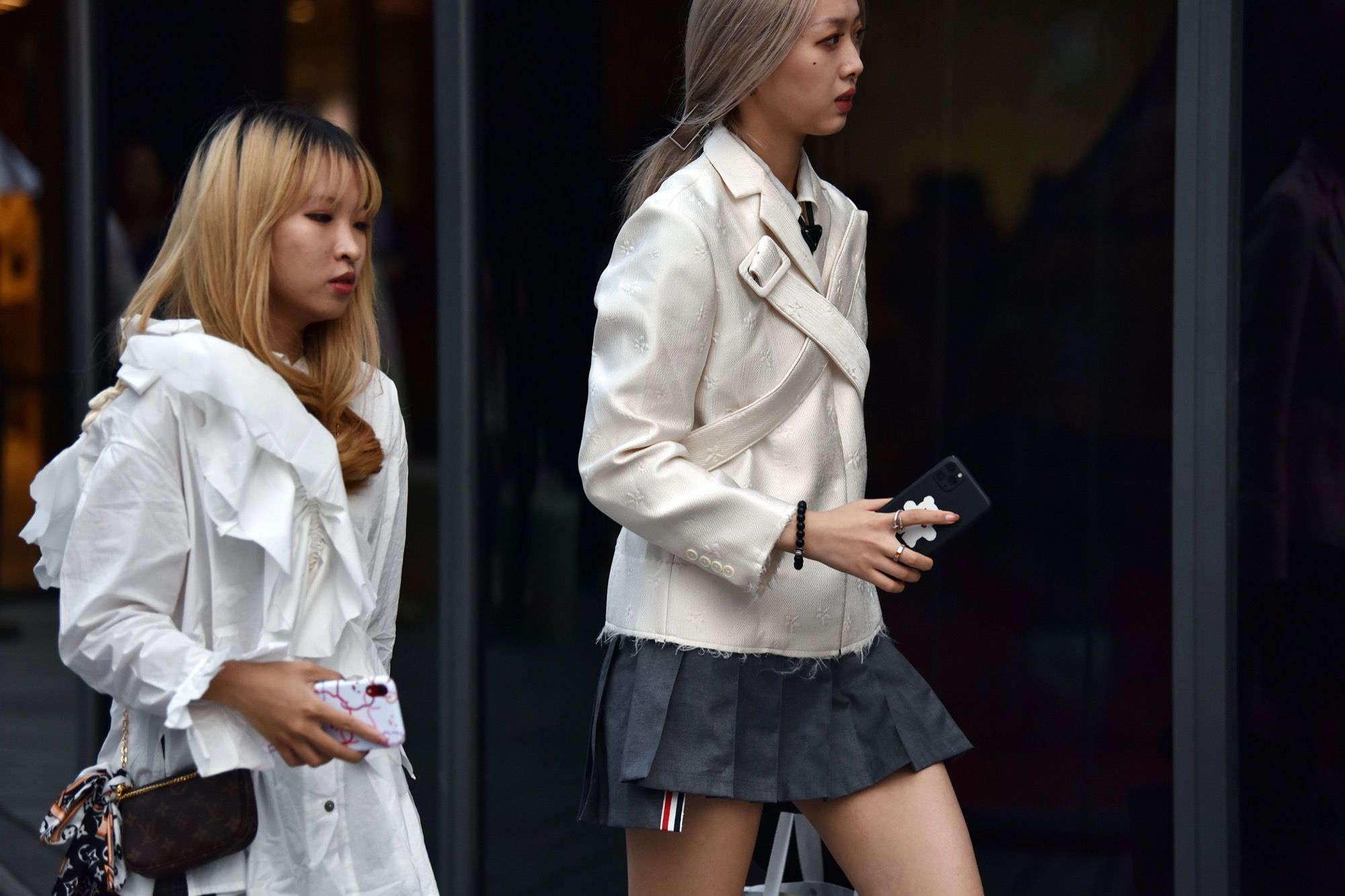
E-commerce in China will represent over half of the world's retail sales on the web Thanks to the expansion of the social commerce and a quick digital innovation
While the global retail market was struggling with keeping up its sales levels due to the uncertainty brought up by the pandemic, the luxury-market saw a rise in sales, particularly among Asian consumers. While many countries are imposing restrictions on human contact and analyzing the way-out from the pandemic crisis, the Chinese luxury-market is expected to grow by 2025. 'Rumor' has it that e-commerce in China will account for more than 50% of the world's online retail sales. The Emarketerforecasts 52.3% growth compared to last year's 44.8%; after all, 10 years ago, the share of e-commerce of total retail in the U.S. and China were close (4.9% and 5.0%, respectively).
If before the pandemic, luxury markets in Europe and the U.S. mainly relied on international travel and Chinese travellers in specific, now that the COVID restrictions limited transportation, Chinese consumers are predicted to spend much more locally. This change in consumer expenditure turned China into a very attractive opportunity for international investors. According to the Tmall Luxury and Bain & Company's report, China's luxury goods enjoyed a 48% growth in 2020, passing the RMB 346 billion ($53.5 billion) mark. As tourism didn't favourably imprint on the economic situation, it contributed to a double-, if not triple-digit increase in the domestic luxury spending rate; however, it saw a decrease in Chinese consumers' total luxury expenditure.
The luxury brands also switched to a strategic focus on China; Gucci opened two flagship stores on Alibaba's online platform, which has around 750 million Chinese consumers. It presents its high-end and beauty products under the Tmall pavilion flagship store wing dedicated to the world's leading luxury brands. Another Italian luxury jewellery brand, Pomellato Group, strategically opened its third store in Shanghai while seeing a relatively stable environment for luxury sales. Bruno Lannes, senior partner in Shanghai at Bain, explains this boom in the China market through four factors: further repatriation, growing digitalization, the Hainan duty-free stores, and millennial and Gen Z shoppers. The Emarketer's research suggests five driving forces in e-commerce growth: social commerce, the Chinese WeChat Mini Programs that is believed to create $200 billion worth of transactions via the app in 2019, Pinduoduo - agriculture-focused technology platform, which is the third-largest e-commerce company in China, Live Streaming' Live Commerce', and the coronavirus.
Social commerce is a merge of e-commerce and social media, allowing consumers to search for brands through social platforms instead of e-commerce. It makes up 11.6% of retail e-commerce sales, totalling $186.04 billion in 2019. Social commerce is run through influencers, product search, and mobile pay, and a vivid example of this type of interaction is WeChat, a Chinese social media platform that gives speed to brands to enter the market via its mini-programs. Besides the rise of e-commerce, social commerce is another type of interaction that is estimated to grow globally by a rate of 31.4%.
Brick-and-mortar sales would likely fall, but the pandemic has accelerated the spread of e-commerce and digitalization, inviting organizations to improve consumer personalization and experience to meet the changing market requirements. China's case might become a good lesson for other countries to face the pandemic crisis with grace. However, the Emarketer’s forecasting writer, Ethan Cramer-Flood, of Insider Intelligence, said that "only two things will prevent nearly endless standout e-commerce expansion. Firstly, China’s overall retail sales growth is expected to be far more constrained in the coming years than it has been over the past decade, as China’s economic engine is not what it once was. And second, several hundred million people in China are not yet online at all, and thus the growth from these consumers will have to wait until a little later down the line."




















































